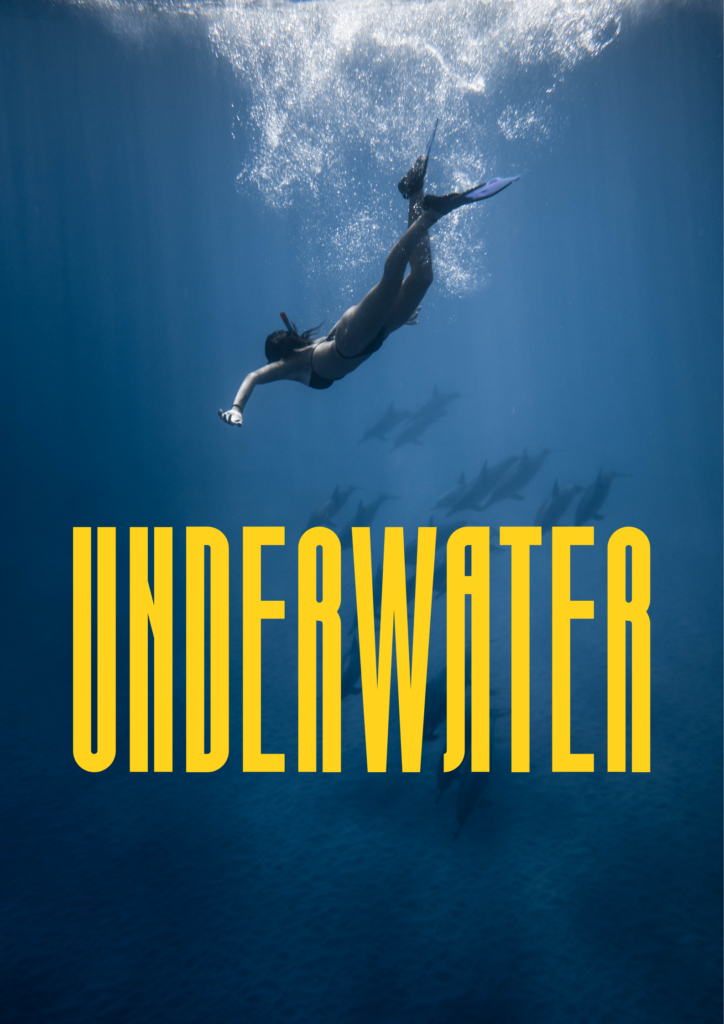10 Incredible Underwater Discoveries in the Dynamic Volcanic Regions of America
Underwater discoveries often hold the key to understanding our planet’s most dramatic changes, and nowhere is this more evident than in America’s volcanic regions. Here, fiery forces beneath the earth meet the cold, mysterious waters of our lakes and oceans, producing some of the world’s most awe-inspiring natural wonders. From the enigmatic depths of the Pacific Northwest to the vibrant volcanic landscapes of the Caribbean, these areas have become true hotspots for explorers and scientists. Today, let’s journey through ten remarkable underwater discoveries in America’s volcanic regions, exploring the history behind each, the reasons for their evolution, and the tantalizing mysteries that still remain beneath the surface.

1. Vent Fields Along the Juan de Fuca Ridge
One of North America’s most remarkable underwater discoveries can be found along the Juan de Fuca Ridge, off the coast of Washington State. Here, volcanic activity deep beneath the seabed leads to the formation of hydrothermal vents also known as black smokers, where superheated water is released into the ocean. These vents have become habitats for specialized, heat-loving organisms, completely transforming scientists’ understanding of underwater discoveries and the conditions under which life can thrive. The existence of such unique ecosystems has even inspired new theories about the potential for life on other planets (NOAA Office of Ocean Exploration and Research, 2016).
2. Axial Seamount: America’s Undersea Volcano
Did you know that the most active volcano in the Pacific Northwest is not situated on the ground but beneath the water? The Axial Seamount, roughly 300 miles off the Oregon coast, has been a treasure trove of underwater discoveries. From eruptive lava flows to underwater calderas, scientists are using robots and submersibles to map the ever-shifting subterranean landscape, revealing new clues about how volcanic islands are built over millions of years.
3. Lost Ecosystems in Yellowstone Lake
Yellowstone’s reputation is built on a supervolcano. You probably didn’t know that it features underwater discoveries and volcanic structures, too. Such explorations have allowed geologists to make remarkable discoveries under the surface of Yellowstone Lake, uncovering hydrothermal vents and ancient volcanic domes. These findings paint a picture of the area’s fiery past and inform scientists’ predictions of future volcanic and seismic activity.
4. The Gorda Ridge: An Unpredictable Spreading Center
Extending off the coast of Northern California is the Gorda Ridge, an undersea volcanic mountain range of interest for its many underwater discoveries. Researchers here discover not just new species of deep-sea creatures but also minerals that form only in the scalding heat and pressure of volcanic activity. The Gorda Ridge is a playground for geologists exploring the formation of the ocean floor.
5. Underwater Lava Tubes in Hawaii
Hawaii’s volcanic activity doesn’t cease at the beach! Underwater findings tell of networks of lava tubes and submerged caves and of land that is in many places being born, formed from molten rock pouring into the ocean. These dynamic landscapes are both stunning to look at and offer insights into how the islands have evolved and transformed through the ages.
6. Enigmatic Crater Lakes in the Caribbean
Several volcanic islands dot the Caribbean, and some of the region’s most thrilling undersea finds lie in their crater lakes. Consider Dominica’s Boiling Lake, where volcanic gases bubble up from the ground. Scientists have studied underwater vents, mineral deposits and a unique form of microbial life that flourishes amid such harsh environs.
7. Eruptions Recorded in Lake Nicaragua
Central America isn’t left out! Lake Nicaragua is located in an active tectonic area, and the lake bed contains occurrences of volcanic cones and baby eruptions. Such features shape local ecosystems and offer clues for predicting future volcanic risks to the people who live among them.
8. Undersea Volcanoes of the Galápagos Rift
The Galápagos Islands are a crucible of evolutionary research, but under its watery embrace lie even more mysteries. The Galápagos Rift is a place of important discoveries beneath the sea, from hydrothermal vent fields to new species of animals not found anywhere else on Earth. The Galápagos Rift is a significant locus of speciation because of the interplay of volcanic processes and isolation, and the Galápagos Rift is an important natural laboratory for geologists and biologists alike.
9. The Channel Islands of California: Submarine Volcanoes
Just off the coast of California, the Channel Islands lie upon an old volcanic base. Recent sub-sea explorations here have revealed submerged sea caves and lava flows. These formations allow researchers to figure out how the islands were created, how they have been transformed by rising sea levels, and what other secrets may remain beneath.
10. Lava Pillars of the East Pacific Rise
And finally, the East Pacific Rise, which stretches across the sea floor from California towards South America, has yet to yield all its underwater secrets. Lava pillars, underwater hot springs, and churning seafloor geology are only a few of the wonders ocean explorers have recorded. Every new dive is bringing us a more intimate knowledge of our planet’s restless crust.
Why Do These Discoveries Matter?
underwater discoveries. Each of these subsea volcanic discoveries offers a new puzzle piece for understanding how Earth works. Not only do these features show us how continents come into being and transform, but they also provide hints about where life might have its origins and the way it might flourish in extreme environments, on Earth or elsewhere.
Technological advances (cf to US mobile apps trends for underwater mapping and exploration) have enabled these findings, granting scientists access to otherwise unreachable locations.
What’s Next in Underwater Discoveries?

There’s so much of America’s volcanic undersea underwater discoveries areas that have barely been touched. With advancing technology and insatiable curiosity, scientists are bound to make more underwater breakthroughs in the coming years. Who knows what ancient secrets or brand-new lifeforms are next? One thing is certain: The story of America’s deep undersea volcanic world is only beginning to unfold.